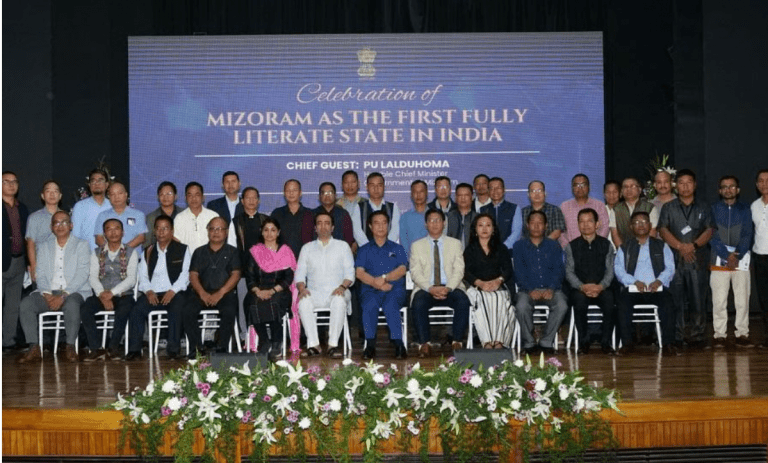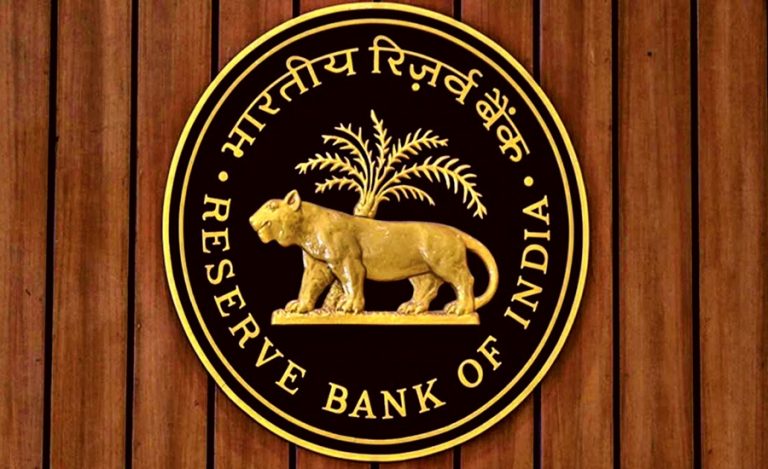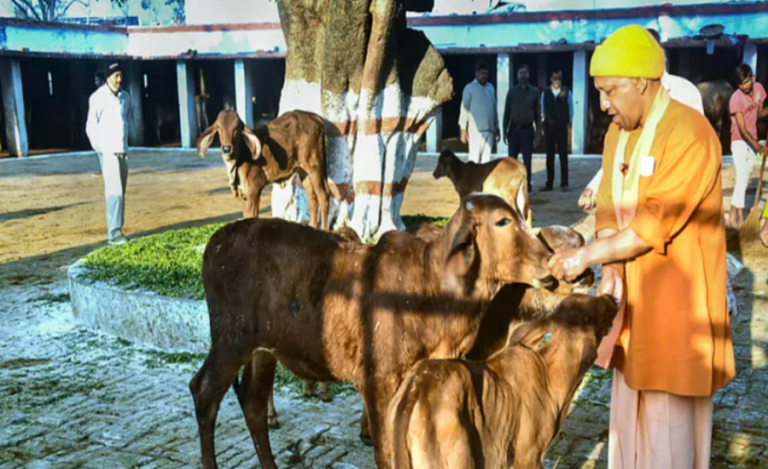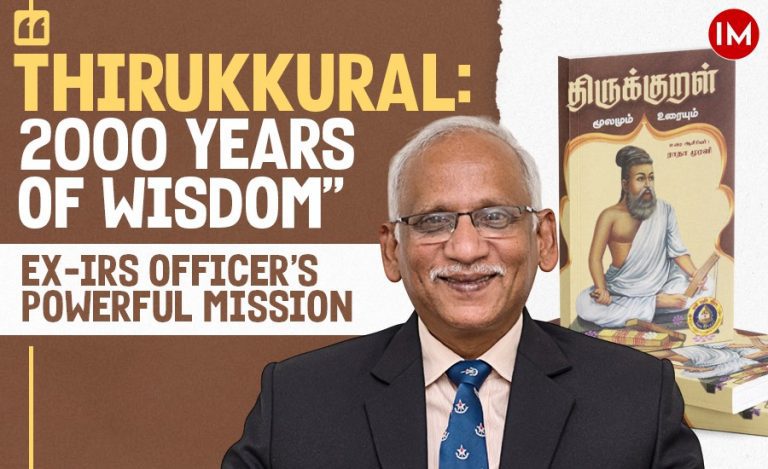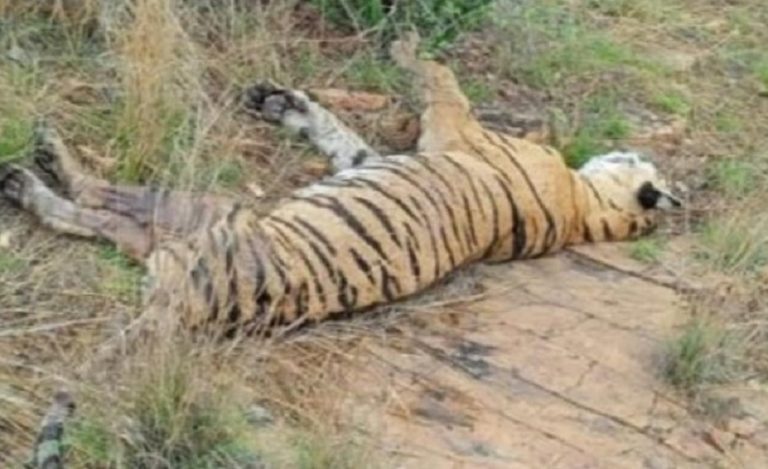When the last male tiger of Panna Tiger Reserve disappeared in 2009, no one knew what the future holds for one of India’s most important tiger reserves. To save the animal from extinction, and repopulate the reserve with tigers, a tiger resettlement program was launched in Panna, which led to success and growth in the tiger population in the forests of Madhya Pradesh.
In an exclusive conversation with Indian Masterminds, IFS officer Uttam Sharma, Field Director, Panna Tiger Reserve, shared details about the tiger conservation success.

BRINGING BACK TIGERS IN PANNA
To bring the tigers back to Madhya Pradesh, initially, two tigresses, T1 and T2, and one tiger (T3) were introduced under ‘Species Recovery and Reintroduction Project.’ Breeding of these tigers began in 2010 and on 16 April 2010, T1 gave her first litter, and immediately after that in October 2010, T2 gave her first litter.
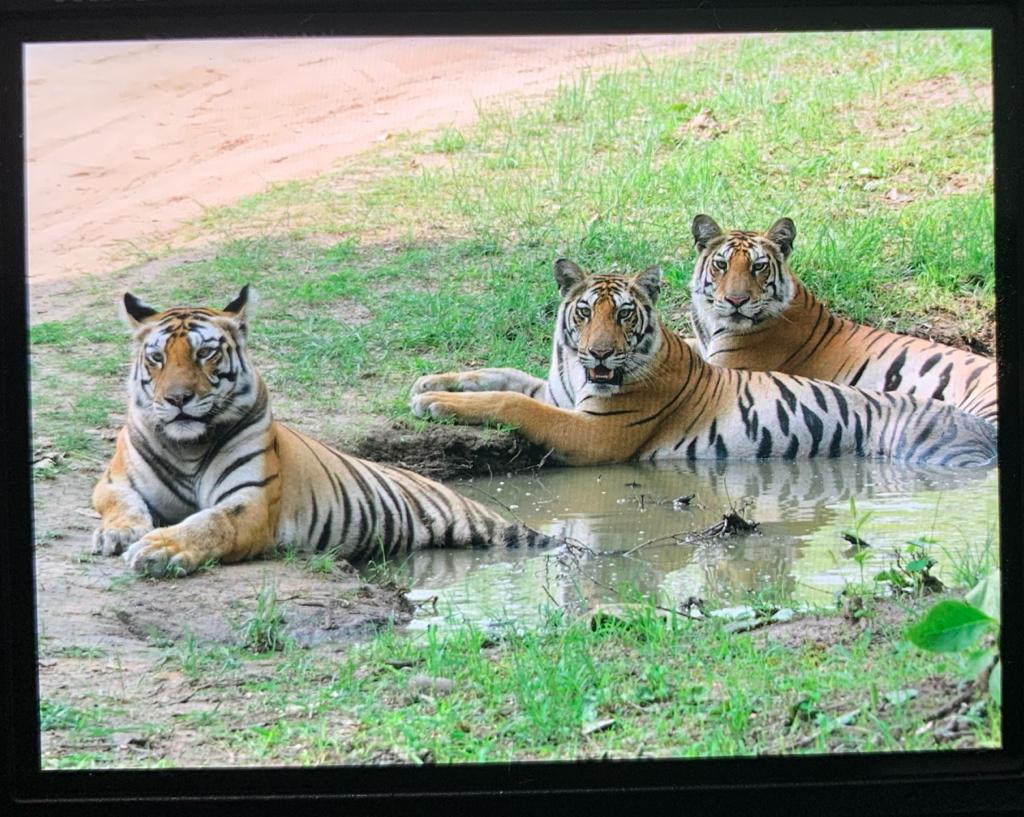
“Over a period of five years, we reintroduced five male and two female tigers to the reserve. The last tiger that we introduced from outside was in 2014. The population since then has shown a continuous increase and today PTR has 60 adult/sub-adults tigers along with 15+ cubs,” stated Mr. Sharma.
From the time when restoration efforts were started, every tiger reintroduced in the PTR, as well as any further addition to the tiger population, is numbered and monitored. The commendable rate of success of PTR was not only recognized locally but also on an international level. PTR is a unique example where the population has been restored to its carrying capacity of past from zero.
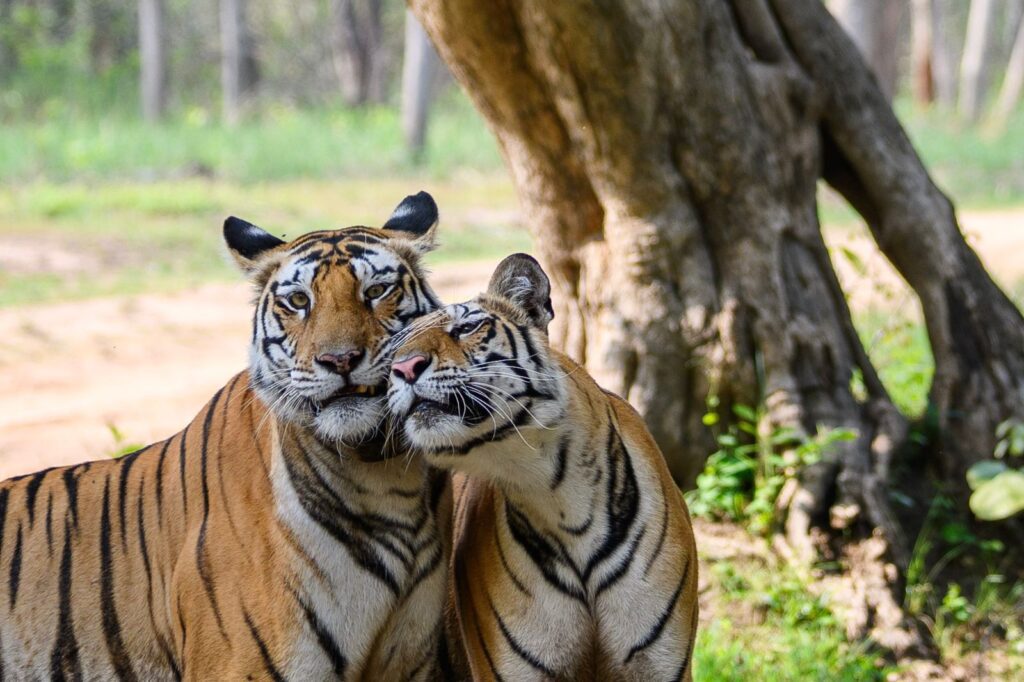
PROTECTION AND CONSERVATION
The Panna administration has also been successful in protecting the tigers from poachers. In the last decade, no poaching case has been reported in the reserve.
“Panna has never seen such a large population of tigers in its history. The highest recorded number of tigers was 37 including the cubs. Today, the population is touching 80, including the cubs! Protecting the tigers and their cubs is our topmost priority and we are doing everything in our hands, including habitat improvement, to keep them safe and sound,” the officer shared with Indian Masterminds.
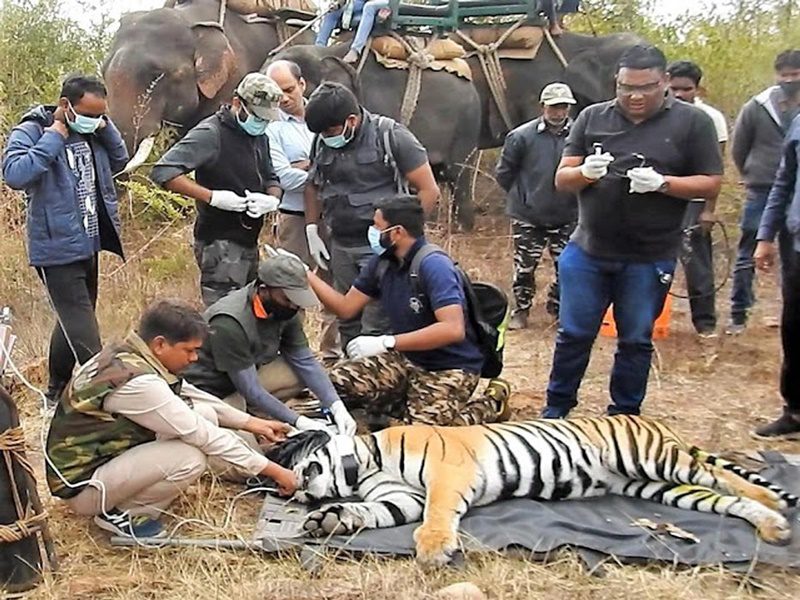
HABITAT IMPROVEMENT
The forest area at Panna, which falls in the Chattarpur and Damoh districts of Madhya Pradesh, is spread over 1,598 square kilometers. The core forest area occupies 576 square kilometers while the buffer zone is spread over 1022 square kilometers. The forest officials of the region are religiously following habitat improvement in the reserve, resulting in a rise in population and increased protection of the tigers.
“We have shifted 16 villages from the core area due to which the large number of agricultural lands left behind also act as grasslands and provide more area for the tigers to roam around. Moreover, the herbivores population has also grown in Panna with a density of over 40, one of the highest in dry deciduous forests,” Mr. Sharma said.
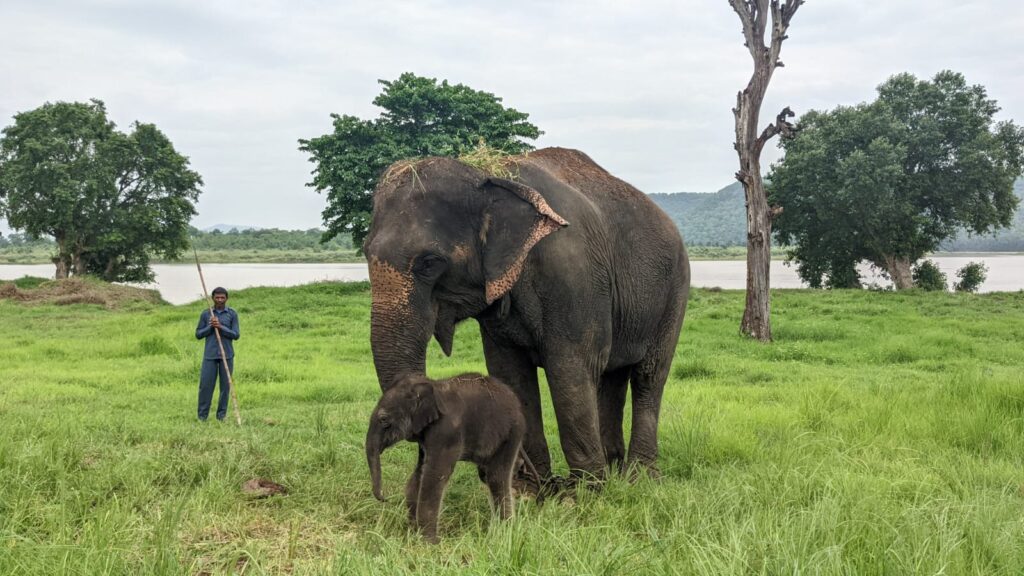
The officials are also working on improving water availability inside the reserve by establishing a water hole or pond every 2 meters of the park so that the animals don’t go thirsty in the scorching heat.
Furthermore, forest fires in PTR are also being controlled; no case of fire has been harmful to any animal or grassland for over a decade.
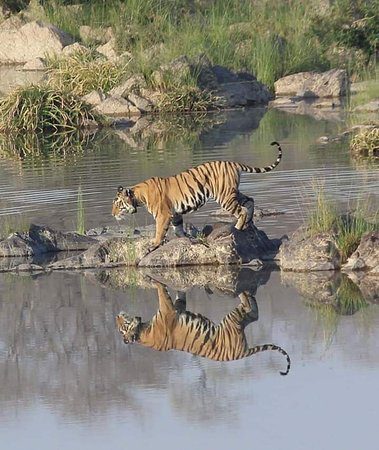
OTHER FACTORS AFFECTING THE TIGER POPULATION
Every area has its own carrying capacity and one can’t go increasing an animal’s population rapidly in just that area. Being territorial animals, tigers require ample space to move and mark their region. Many times, a squabble between tigers, as a result of territorial issues, may even lead to their deaths. So, it becomes extremely important for forest authorities to look into the matter, from time to time.
“Out of 1600 square kilometers of PTR, tigers have occupied about 800 square kilometers. Now, the increase of their population depends upon whether tigers explore new areas for habitation. If they decide to establish themselves in newer regions, their population will further increase. If not, we might have to improve the habitat there itself, which might take a lot of time, until the new litter arrives,” Mr. Sharma told Indian Masterminds.
He predicts that by the end of 2025, Panna Tiger Reserve will be home to over 100 tigers, including the cubs.




